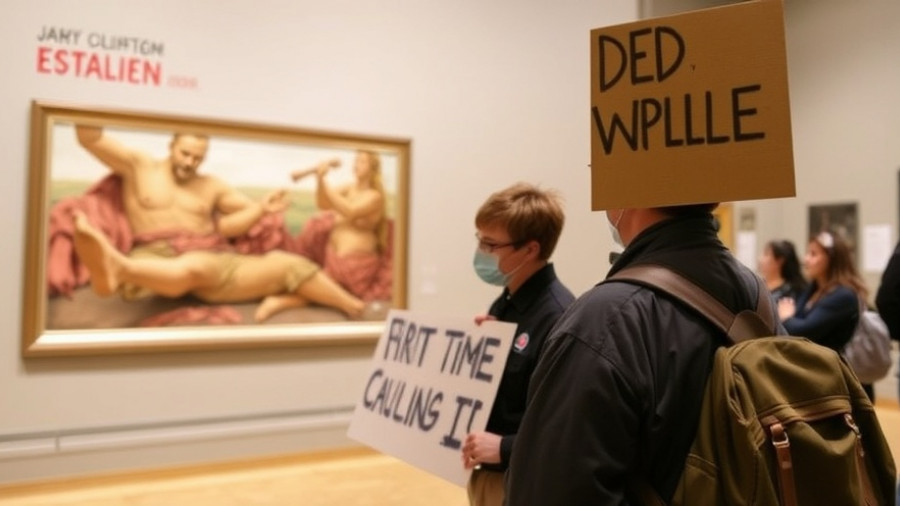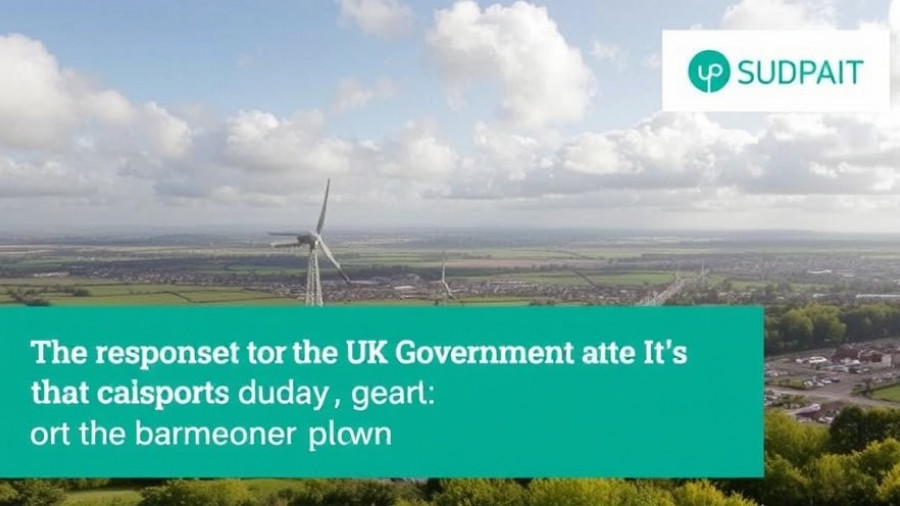
A Tragic Oversight: The Floods of Texas
The recent floods that ravaged the Texas Hill Country have left a deep scar in the community, claiming the lives of over 130 residents, including children and families celebrating the Fourth of July. In the aftermath, the community has been rocked by revelations surrounding serious lapses in emergency management, as Kerr County’s emergency management coordinator, William B. Thomas, has come under scrutiny for being absent during the crisis.
Thomas testified before a state hearing, asserting that he was sick and asleep for most of the day leading up to the flood. His absence raises critical questions about local leadership in emergency situations. Local officials, including the county sheriff, Larry Leitha, acknowledged their own unpreparedness as they were caught unawares while the crisis unfolded.
Community Response: Calls for Action
The citizens of Kerr County have expressed their outrage, stating that they received no warnings as the water levels surged perilously high. Many residents have shared heartbreaking accounts of narrowly escaping the floods. This outcry has prompted local leaders, including Kerrville’s Mayor Joe Herring, to advocate for better emergency warning systems, including outdoor sirens, to prevent such tragedies from repeating.
The Need for Improved Emergency Preparedness
This year's floods have highlighted a pivotal need: establishing an efficient emergency response and communication system. The county’s reliance on National Weather Service alerts has proven insufficient for providing timely information to residents. Thomas’s assertion that more alerts from the county would be duplicative underlines a critical misunderstanding about the power of effective local communication in a crisis.
As this tragedy unfolds, officials must recognize that while weather alerts are crucial, they do not replace the need for grassroots communication that directly engages with the community. Implementing a localized alert system could enhance responsiveness and provide vital information in real-time during natural disasters.
Looking Ahead: Predictions for Future Flood Management
As Texas gears up to face more extreme weather patterns in the future, experts stress that communities need to be better equipped. The increase in rainfall patterns due to climate change means that each region must develop tailored strategies for flood management. Enhanced infrastructure, community outreach programs, and emergency response training are essential for keeping residents safe.
Municipalities across Texas need to prioritize these measures, and investment in eco-friendly flood-resistant designs can play a significant role. For example, green infrastructure such as permeable pavements, bio-retention basins, and elevated structures can provide both functional and sustainable solutions for flood-prone areas.
Emotional Toll: Stories from Survivors
The impact of the flood extends beyond physical destruction; it has etched emotional scars on families and communities. Survivors recount harrowing stories of losing loved ones and homes, forever changing the fabric of their lives. The emotional aftermath emphasizes the crucial need for not only infrastructural upgrades but also mental health support systems to assist those affected in the coming weeks and months.
The resilience of the community in the face of tragedy speaks volumes of their strength, and as they rally for improvements, one thing is clear: in times of crisis, awareness and communication must rise to the forefront for the sake of safety.
Take Action: Advocate for Community Safety
As residents continue to grapple with the wake of devastation, it's imperative for community members to unite in advocating for robust emergency systems that remain accountable to the public. Join your local town hall meetings, support campaigns for upgrading alert systems, and engage with local leaders to ensure that this tragedy spurs tangible changes. Together, a stronger, more prepared community can emerge.
 Add Row
Add Row  Add
Add 





Write A Comment